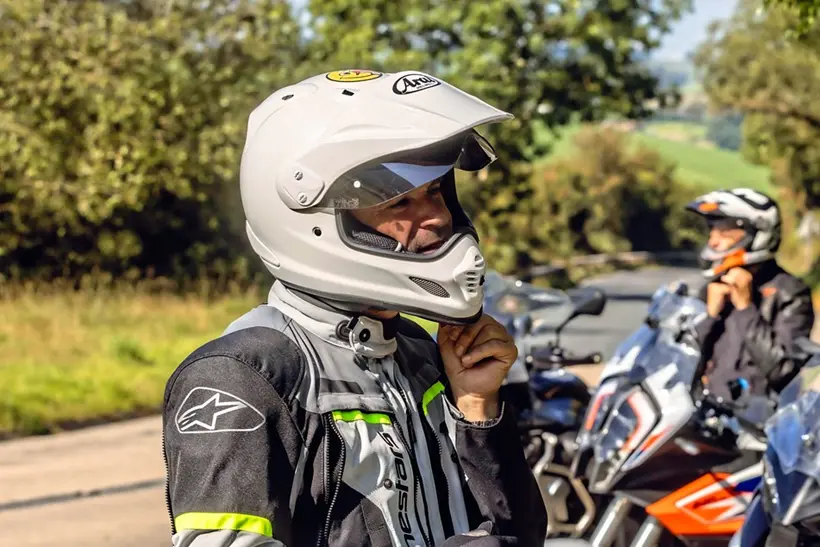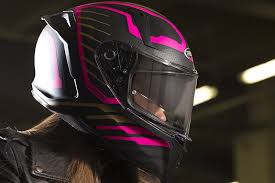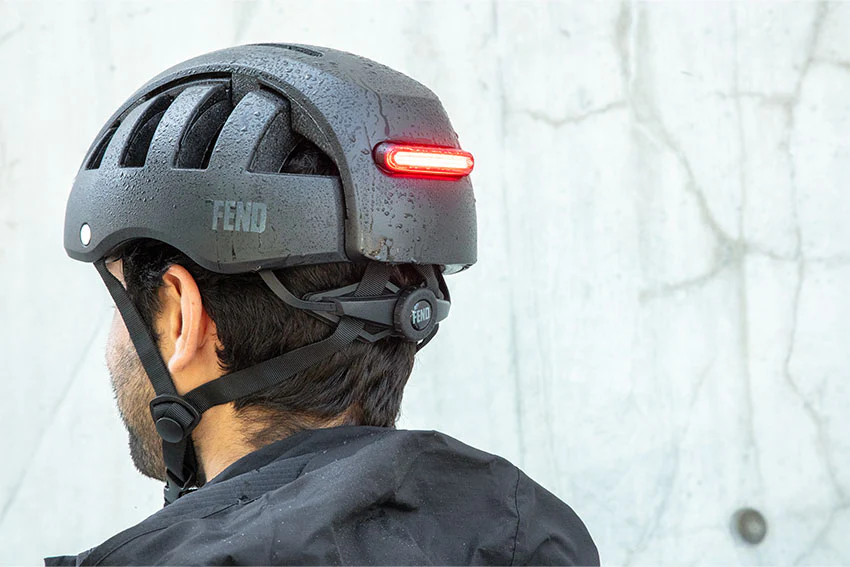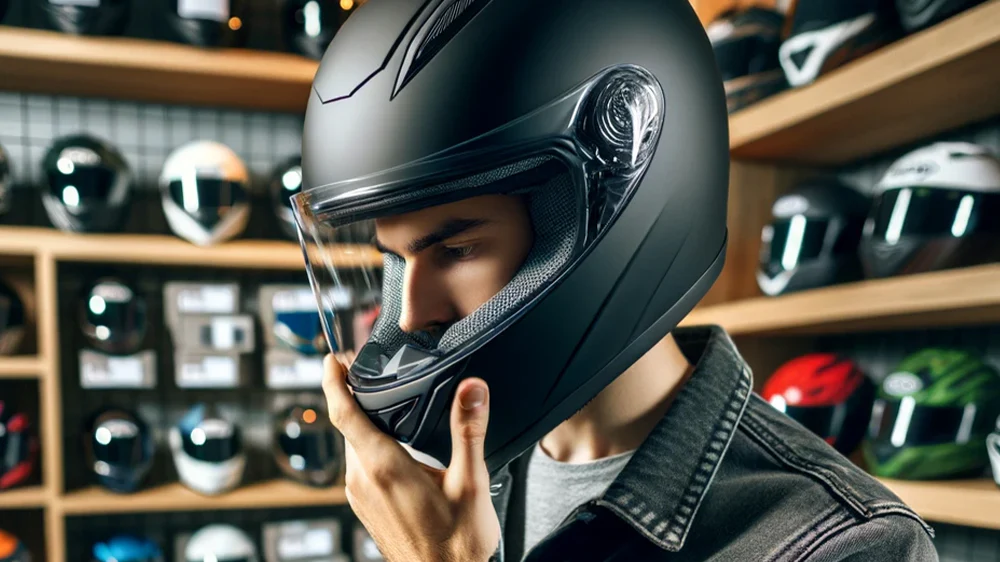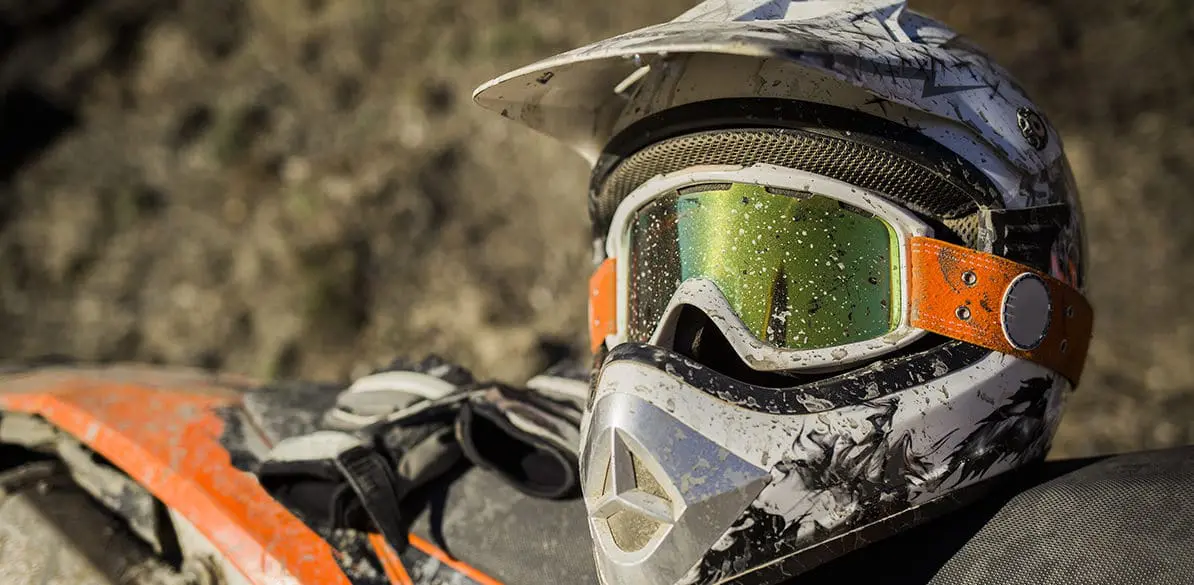A motorcycle helmet isn’t just an accessory—it’s the most important piece of safety gear for any rider. Whether you’re a daily commuter, a weekend cruiser, or an off-road adventurer, the right helmet can mean the difference between life and death in an accident. But with so many options on the market, how do you choose the best motorcycle helmet? This guide covers everything you need to know, from helmet types and safety ratings to comfort and style.
Types of Motorcycle Helmets
-
Full-Face Helmet
-
Offers the most coverage, including chin and face protection.
-
Ideal for maximum safety, highway riding, and long-distance travel.
-
-
Modular (Flip-Up) Helmet
-
Combines full-face protection with the convenience of flipping up the chin bar.
-
Great for touring riders who value flexibility.
-
-
Open-Face Helmet
-
Covers the top, back, and sides of the head but leaves the face exposed.
-
Popular among cruiser and scooter riders.
-
-
Half Helmet
-
Minimal coverage, protecting only the top of the head.
-
Provides freedom and airflow but compromises on safety.
-
-
Off-Road / Motocross Helmet
-
Lightweight with extended chin protection and a peak visor.
-
Designed for dirt trails and off-road adventures.
-
-
Dual-Sport Helmet
-
Hybrid between full-face and off-road helmets.
-
Perfect for riders who alternate between street and dirt riding.
-
Key Factors to Consider
-
Safety Certifications: Look for DOT (US), ECE (Europe), or Snell ratings. These ensure the helmet meets rigorous crash safety standards.
-
Fit and Comfort: A helmet should fit snugly without being too tight. Always try before buying.
-
Ventilation: Proper airflow prevents fogging and keeps you cool during long rides.
-
Weight: Lightweight helmets reduce neck fatigue, especially on long journeys.
-
Visor/Shield: Consider anti-fog, anti-scratch, and UV-protected visors.
-
Noise Reduction: Some helmets feature aerodynamic designs and padding to minimize wind noise.
Top Picks for the Best Motorcycle Helmets
-
Shoei RF-1400 (Full-Face)
-
Known for premium build quality, safety, and comfort.
-
Excellent noise reduction and aerodynamics.
-
-
Arai XD4 (Dual-Sport)
-
Versatile helmet for both street and off-road use.
-
Exceptional ventilation and safety features.
-
-
Bell Qualifier DLX (Budget-Friendly)
-
Affordable yet safe with integrated Bluetooth speaker pockets.
-
Includes a photochromatic shield option.
-
-
HJC RPHA 11 Pro (Sport Riding)
-
Lightweight carbon composite shell.
-
Designed for high-speed riders with enhanced aerodynamics.
-
-
AGV Pista GP RR (Premium Racing Helmet)
-
Top-of-the-line helmet used by MotoGP riders.
-
Extremely lightweight and built for maximum protection.
-
Maintenance Tips
-
Clean the visor regularly with a microfiber cloth and mild soap.
-
Replace helmet padding if it gets worn out.
-
Avoid dropping your helmet—even minor impacts can compromise its safety.
-
Replace helmets every 5 years, or sooner if involved in an accident.
Conclusion
The best motorcycle helmet is the one that fits your riding style, provides top-level safety, and keeps you comfortable on every ride. Remember, investing in a high-quality helmet is investing in your life. Whether you go for a full-face Shoei, a versatile Arai, or a budget-friendly Bell, always prioritize safety first.

